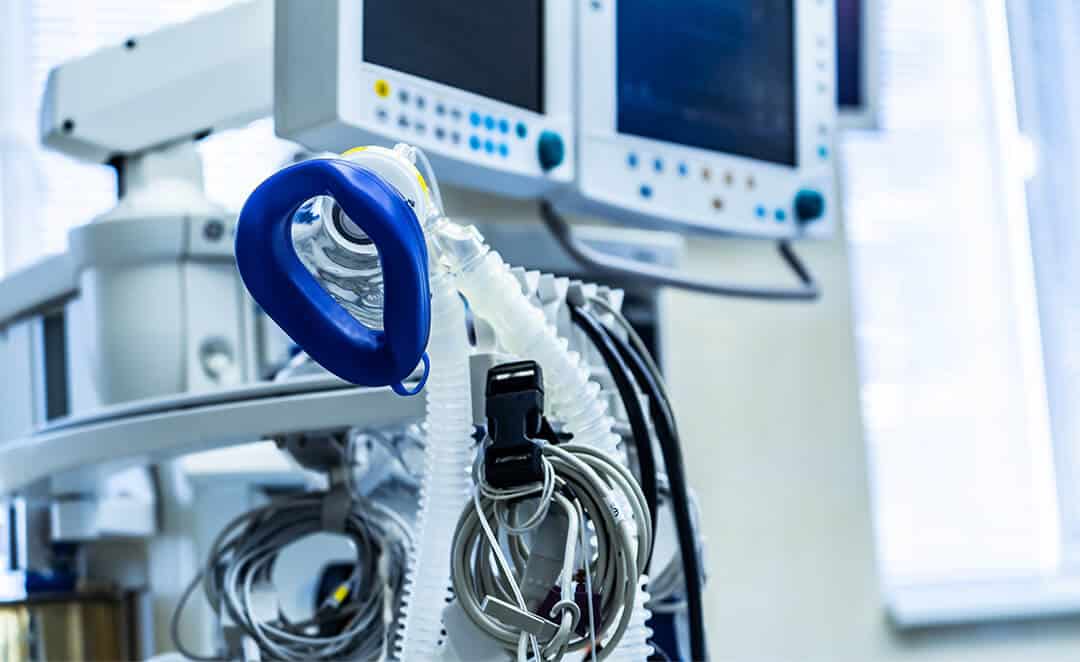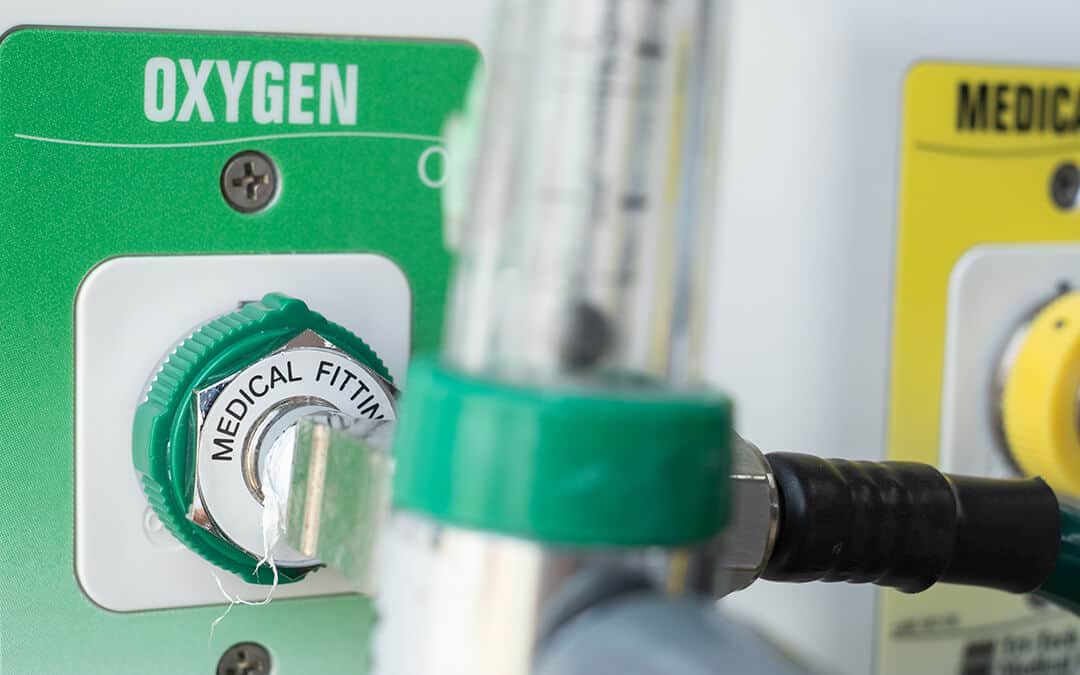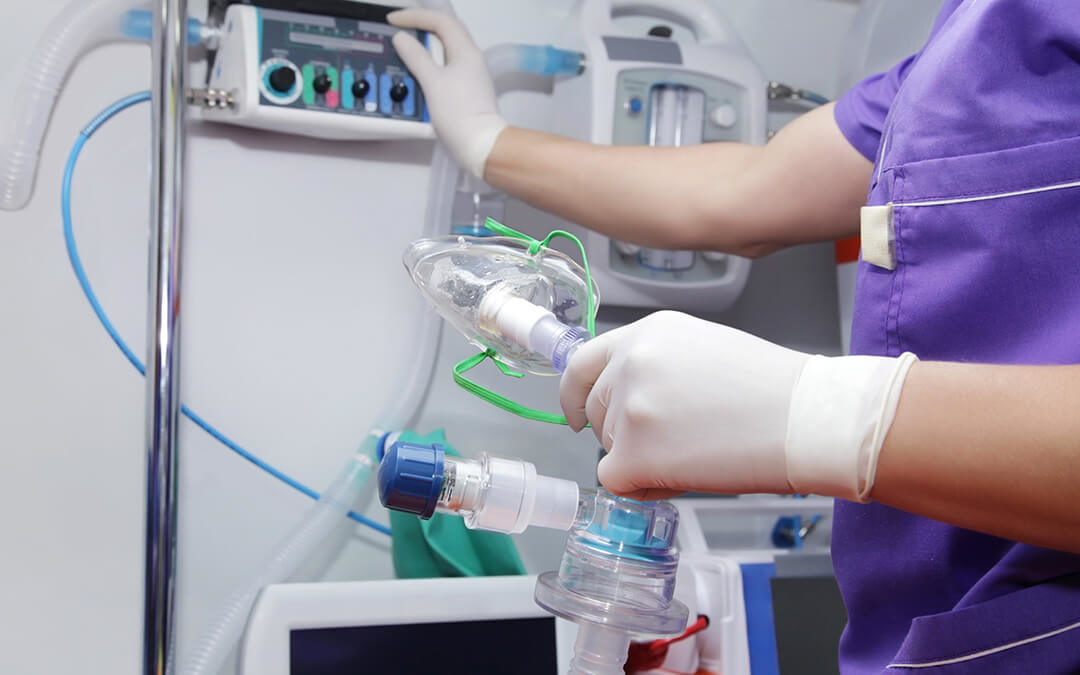California is the most populous state in the country, with the highest concentration of residents dwelling in the Greater Los Angeles area. Soon after the COVID-19 pandemic reached LA, in March 2020, Mayor Eric Garcetti issued a Safer at Home emergency order, to help slow the spread. The order urged Southland residents to remain at home, to consider the necessity of any planned outings, and to continue practicing social distancing in public.
As infections increased across the area, LA hospitals began to operate at (and over) capacity, facing potential shortages of the beds and respiratory equipment needed for COVID-19 patient care. Hospital administrators had to make unprecedented decisions about which admitted patients to discharge early, which emergency room patients to admit into already-crowded wards, and which patients to send home from the ER prior to admittance.

The possibility of having to refuse (or ration) immediate care to a patient in need was something no facility wanted to face. Health care providers needed a way to get non-critical COVID-19 patients out of the hospital and into their homes as quickly as possible – to keep channels of admittance for new patients (ambulance deliveries) open.
Home Recovery
For symptomatic COVID-19 patients in non-critical condition, recovering at home is a better option than waiting for a hospital bed to open up. When symptoms are serious enough to prompt a visit to the ER, but not severe enough to require prolonged medical attention, many patients benefit from supplemental oxygen treatments.
To address the medical needs of COVID-19 patients not requiring immediate admittance, hospitals began sending patients home with pulse oximeters, portable oxygen units, and instructions for self-care. Because the virus attacks the respiratory system, the city-wide demand for oxygen concentrators and oxygen cylinders grew as infection rates climbed.
Obtaining this needed equipment became a challenge for many medical care facilities.
CalOx at the Ready
CalOx has been delivering oxygen equipment to Greater Los Angeles since 1936. When the pandemic struck, they knew the virus would spread quickly throughout the city – and they were ready to go to work, suppling oxygen to meet the rising needs of hospitals and patients in recovery. CalOx delivers supplemental oxygen supplies to patients in hospitals and at home.

Long-standing industry connections allowed CalOx to acquire more equipment to deliver oxygen to an increasing number of in-need patients. They established their own Safer at Home program – the first of its kind – in partnership with multiple facilities within the Los Angeles County Department of Health Services, including LAC+USC. Through the program, patients receive supplemental oxygen treatment with equipment provided by CalOx.
Safer at Home helps COVID-19 patients learn how to monitor their own oxygen levels, use supplemental oxygen at home, and practice proper self-care to ensure a safe recovery. Patient history data sets are maintained by CalOx to track recoveries and make personalized adjustments to treatment plans.
Help for Hospitals
The COVID-19 pandemic could’ve easily overwhelmed LA hospitals. Thanks to the efforts of CalOx and its team of specialists, medical care facilities have the capacity to treat greater numbers of patients – many of whom, while symptomatic, do not require hospital admittance. This prevents ambulances from being turned away from over-crowded emergency rooms, and beds from being refused to patients in urgent need of medical care.
At the height of the COVID-19 surge, at the end of 2020, CalOx representatives were working 12-hour days, 7 days a week – delivering new equipment to hospitals and at-home patients, cleaning and repurposing older equipment, picking up empty oxygen cylinders, and following up on patient recovery.
CalOx assigns respiratory therapists to help Safer at Home patients feel comfortable using supplemental oxygen and monitoring their own oxygen saturation levels. By practicing proper self-care, infected residents can recover at home while continuing to receive treatment.
CalOx COO Steve Yaeger was told, by multiple clients, “If it wasn’t for this program, and if it wasn’t for the efforts of CalOx to supply the equipment and to follow up with these patients, the hospitals would have been overrun, and Los Angeles would have looked like another New York City. When New York was experiencing a massive outbreak, they were getting to the point where they were going to have to ration care. Fortunately, we were able to help the county of Los Angeles – specifically, LAC+USC Medical Center – avoid that, by getting these patients out of the hospital as quickly as possible, and into an environment where they could recuperate at home.”
In COVID-19 cases where the need for respiratory treatment does not entail prolonged medical supervision, recovering patients can provide their own self-care through the use of supplemental oxygen. CalOx is here to help LA keep breathing.
